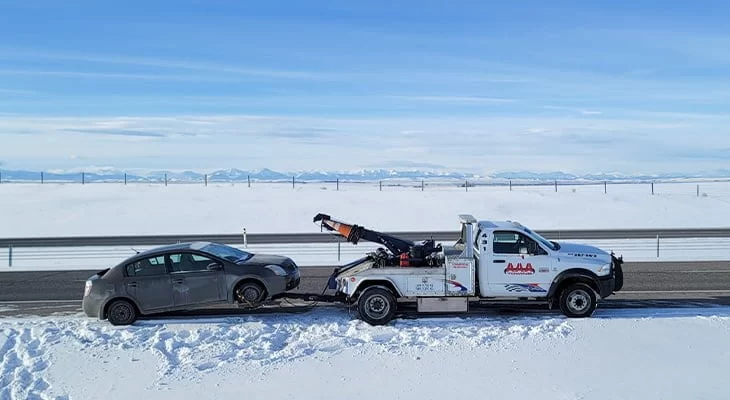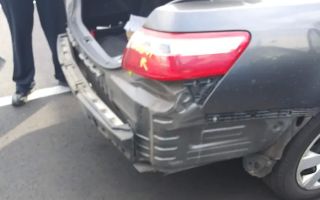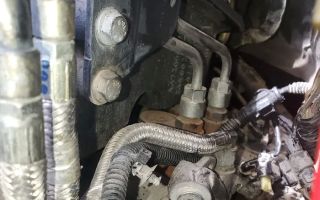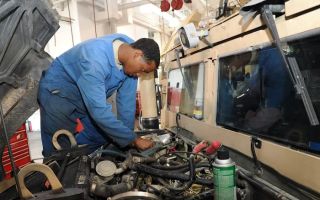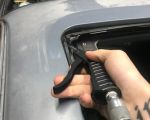There’s nothing worse than getting ready to head out on a chilly winter morning, only to realize that your car won’t start. It’s something that’s happened to me more times than I’d like to admit, and I can tell you firsthand that the cold weather can really take a toll on your vehicle. Whether it’s a dead battery, frozen fuel lines, or the thick grease in your engine oil turning into molasses, cold temperatures have a way of making things go wrong. So, what do you do when your vehicle just won’t start in freezing temperatures? One option is to call for a tow. But towing in cold weather requires a bit more preparation and care than usual. Let me share some important things I’ve learned over the years about towing a vehicle that won’t start in cold weather, from ensuring your safety to finding the right service and tools for the job.
1. Understanding the Cause of the Breakdown
The first thing I’ve learned when faced with a car that won’t start in cold weather is to understand why it happened in the first place. When the temperature drops, it’s not uncommon for the engine to fail to turn over, or for the battery to lose its charge. The cold weather thickens the oil in your engine, making it harder for the engine to crank. Plus, the cold puts a strain on your car’s battery, reducing its capacity to start the engine. The battery is especially vulnerable to cold weather and can lose up to 60% of its cranking power at temperatures below freezing. If your battery is already old, the cold could be the final straw. Also, fuel lines can freeze, especially if your car is low on gas. When water in the fuel line freezes, it can block the flow of gas, preventing your engine from starting.
Before deciding to tow your vehicle, it’s always worth trying a few simple steps to troubleshoot the issue. I often try to jump-start the car using jumper cables if I suspect the battery is the culprit. If that doesn’t work, I check the fuel line for any visible signs of ice or water buildup, and sometimes even pour a fuel-line antifreeze treatment into the gas tank. However, if all attempts to start the car fail, it’s time to consider towing.
2. Safety First: Preparing Your Vehicle for Towing
Towing a vehicle in the cold presents unique challenges. Before you even think about calling a towing service, make sure that the car is in a safe location. If your car is stuck in a ditch, on the side of a busy road, or in an area with heavy snow or ice, it’s important to ensure that the area around the vehicle is clear. The last thing you want is to be stranded in a dangerous spot, waiting for a tow truck to arrive. In my experience, I always try to move my car as far off the road as possible. If that’s not possible, I make sure my hazards are on and I put down warning cones or flares if I have them, just to make myself visible to other drivers and to alert them that there’s a breakdown ahead.
When the tow truck arrives, make sure that the towing company has the right equipment for the job. If the car is stuck in snow or ice, a flatbed tow truck is usually the safest option because it prevents further damage to the vehicle. A wheel-lift tow truck is another common type of towing truck, but it’s less ideal in situations where the car has been immobilized by ice or heavy snow because it only lifts the front or rear wheels off the ground. Flatbed towing ensures that the car is fully lifted and protected from any additional damage during transport.
3. Choosing the Right Towing Service
Not all towing services are equipped to handle the unique challenges of cold weather breakdowns, so choosing the right service is key. I’ve had some frustrating experiences in the past with towing companies that don’t have the right tools or expertise to tow in icy conditions. When looking for a towing service, I recommend asking them about their experience with cold weather towing and whether they have specialized equipment, such as flatbed trucks or winching capabilities. A good towing company will also have vehicles that are equipped for long-distance travel in snowy or icy conditions, ensuring that your car is safely transported to a shop or repair facility.
Another important factor is response time. I’ve learned that in the winter months, especially during snowstorms or extreme cold, towing companies can get busy. It’s always a good idea to call for a tow as soon as you realize your car isn’t starting, so you’re not stuck waiting for hours in the cold. Some towing services, like [Rescue & Towing](https://www.chucklesrescue.com), offer fast and reliable services for cold weather breakdowns, ensuring that you’re not left stranded for too long.
4. Taking Precautions During Winter to Prevent Cold Weather Breakdowns
While towing services are an invaluable resource when a car won’t start in the cold, I’ve found that prevention is always the best route. Taking a few steps to winterize your vehicle can save you from the headache of dealing with a breakdown in freezing temperatures. Here are some things I do to avoid being towed in the winter:
- Check Your Battery: I make sure that my battery is in good condition before the cold weather hits. If the battery is over three years old, I replace it before winter to ensure that it has the power to start my car in extreme conditions.
- Keep Your Gas Tank Full: Running low on gas in the winter increases the chances of condensation forming in the fuel tank, which can lead to water in the fuel line. I make it a habit to keep my gas tank at least half full during the winter months to avoid this issue.
- Change Your Oil: I use synthetic oil in the winter because it flows more easily in cold temperatures. Old, thick oil can make it harder for your engine to start in the cold.
- Inspect Your Tires: I check my tires regularly for proper air pressure and tread depth. In winter, tires lose pressure more quickly, and if the tread is worn down, they can cause issues with traction on icy roads.
5. What to Expect During the Towing Process
Once the tow truck arrives, the process is fairly straightforward. However, there are a few things to keep in mind when towing a car that won’t start in the cold. If the tow truck is using a flatbed, the vehicle will be driven or winched onto the bed. If the car is stuck, the tow company may need to use a winch to pull the vehicle out of its location before loading it onto the flatbed. This is a fairly routine process for towing professionals, but it can take longer if the vehicle is stuck in snow or deep ice.
Once your car is safely on the tow truck, it will be transported to your mechanic or repair facility. If you need the vehicle transported over a long distance, be sure to ask the towing company if they offer long-distance towing services during the winter months. Some companies, like [Rescue & Towing](https://www.chucklesrescue.com), specialize in providing reliable service even in the most challenging weather conditions.
Towing a vehicle that won’t start in the cold requires careful planning and preparation. The cold weather can complicate the situation, but with the right knowledge, equipment, and service, you can get your car safely to where it needs to go. Always remember to choose a towing company with experience in cold weather towing, and take the necessary precautions to winterize your vehicle to avoid future breakdowns. If you find yourself in need of assistance or professional towing services, don’t hesitate to reach out to [Rescue & Towing](https://www.chucklesrescue.com) for reliable support during the winter months.

